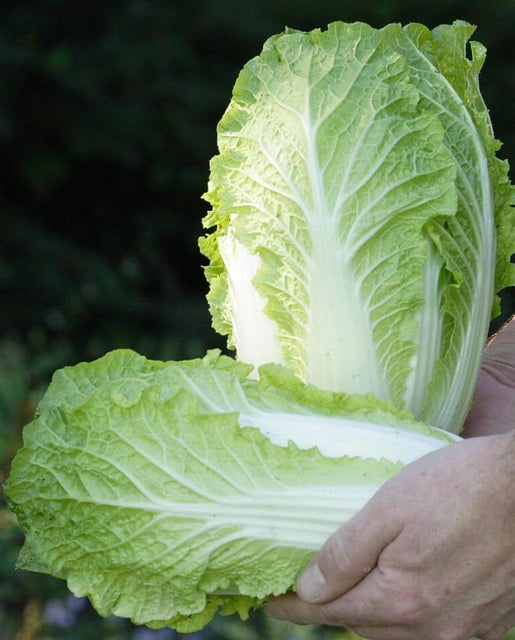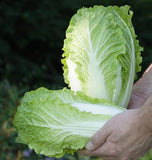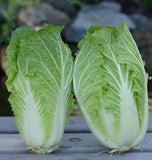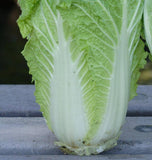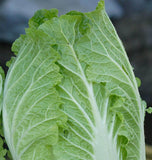Diseases & Pests
Flea Beetles – Use row covers to help protect plants from early damage. Put in place at planting and remove before temperatures get too hot in mid-summer. Control weeds.
Cutworms – Control weeds. Cardboard collars around each plant give good protection.
Cabbage root maggot – White maggot larvae tunnel in and feed on roots of plants. Damage causes wilting early on, death of plants later on. Use row covers to help protect plants from early damage.
Cabbageworms – Handpick and destroy. Row covers may be useful on small plantings to help protect plants from early damage.
Cabbage aphids – A hard stream of water can be used to remove aphids from plants as needed early in the day.
Purple blotch (
Alternaria porri) – Avoid wetting foliage if possible. Water early in the day so plant parts above the ground dry as quickly as possible. Allow for air circulation, and avoid crowding plants. Pull weeds around plants and garden area to increase air circulation. When plants are not wet, remove and destroy affected plant parts. In autumn rake and destroy all fallen or diseased leaves and fruit.
Clubroot – If soil infested, add lime to raise soil pH to 7.2. Practice strict crop rotation. If that is not possible, remove infested soil and replace with fresh soil. Purchase healthy transplants or start seed in sterile potting mix or fresh ground. Remove and discard or destroy entire infested plants along with immediately surrounding soil and soil clinging to roots.

















